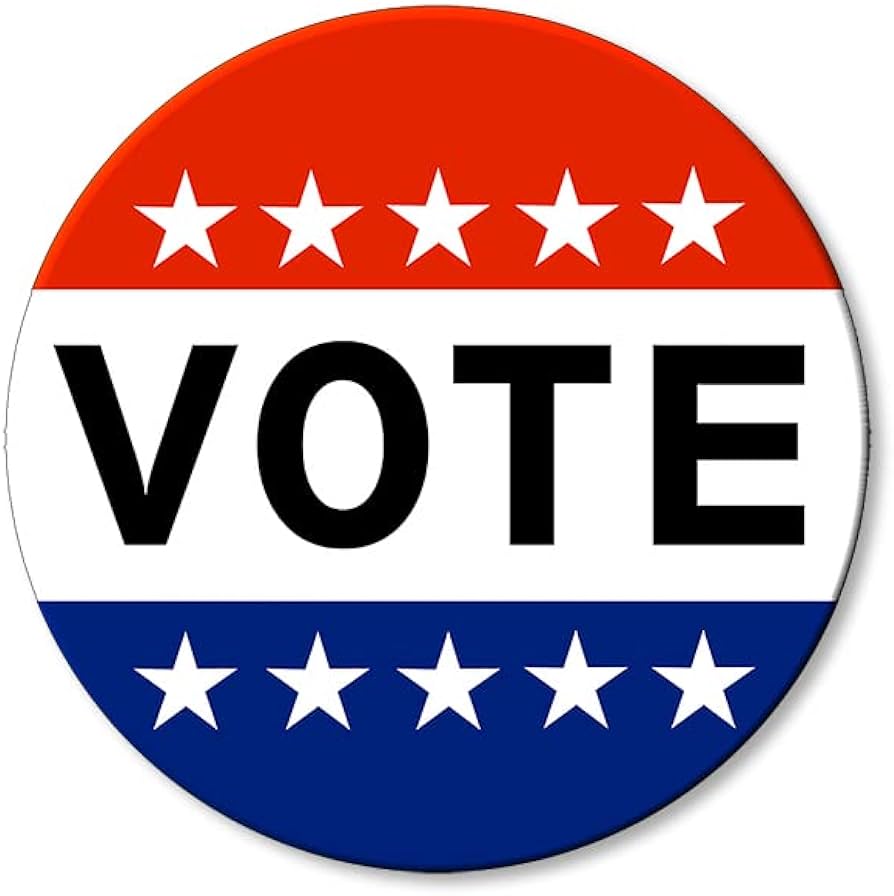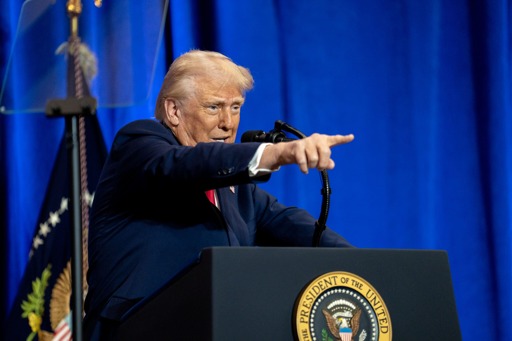Yesterday, the Trump administration announced a series of tariffs it characterized as “reciprocal,” ranging from 10 percent to 50 percent and calculated for every country on Earth. The country-specific rates were made public at the press conference announcing the tariffs, as well as on White House social media.
However, despite the characterization of the tariffs as “reciprocal,” and despite the accompanying graphics referring to foreign “tariffs charged to the USA including currency manipulation and trade barriers,” the White House did not actually measure tariffs, currency manipulation, or trade barrier policies employed by other countries. Instead, it drew its estimates from something else entirely: bilateral trade deficits in goods.
Specifically, the White House documents appear to allege the “tariffs charged to the USA” are the greater of two different quantities: (a) 10 percent, and (b) the 2024 US trade deficit in goods with a given country, divided by the total quantity of US imports from that country.
Set aside, for now, the damage to economic growth these tariffs will cause, or the distributional impact of one of the largest tax hikes in US history. Other Tax Foundation work will cover that. (We currently estimate the cumulative amount of Trump tariffs at $3.1 trillion over 10 years, amounting to a roughly $2,100 tax increase per household in 2025 alone.)
The method for calculating other countries’ so-called “tariffs” for reciprocal purposes is nonsense. Bilateral deficits are not tariffs, nor are they meaningful anyway; trade in services is relevant; and tariffs cannot be used to target overall trade deficits. The overall result is an extraordinary policy error that will severely damage the economy while failing to reduce the US trade deficit.



It’s because he is not a businessman, he is a scammer and grifter.
The concept of a good deal where both parties leave the table satisfied is strange to him, he needs to have “the win” over the other side.
If he does not get “the win” he considers it a bad deal where he got ripped off, this is what he projects on the USA.
He will not consider WHY foreign trading partners do not want his inferior products. He is selling them and they must buy, and if they do not buy it is “how they rip off america”.
This is the core of his thinking to strike back with his tariffs, he directly equates the unbalanced import/export lists as enemy tariffs on his goods.
Look at the list he showed, he gives Vietnam 54% tariffs “because they do it” … but actually it’s the 54% of import/export that is traded…
His whole reasoning makes no sense, it only does if you realize he has no knowledge of the workings of imports and exports and he plainly is not educated as a businessman at all.
I don’t know if he’s even a scammer or grifter. He seems like a tool being used entirely by those around him, and he’s oblivious because they make him think it’s all his idea and it’s always such a great idea. It’s like elder abuse. But the elder’s an asshole so nobody feels bad.
Your assessment of Trump’s thinking is 100% correct, but I just want to pick up on this specific detail;
And point out that actually in many cases its not that the American made products are bad, it’s that the countries in question can’t afford them. No one in Cambodia or Vietnam is buying an American made car or phone. But Americans buy loads of products made with cheap Vietnamese and Cambodian labour. It’s precisely because that labour is cheap that Americans want those products, and it’s precisely because that labour is cheap that no one there can afford American products.
This is big part of the flawed thinking behind these tariffs. They’re trying to eliminate trade imbalances that are a direct result of America exploiting other countries for cheap labour, but they’re doing so by acting as if those countries are somehow exploiting America.
Also, are those the type of jobs the US wants domestically? Sweatshops? In that case I guess the recent changes to working restrictions for teens in FL totally makes sense /s
So, obviously, this part of the question gets more complicated.
Ideally, no one should want sweat shop jobs to exist anywhere. Ideally we should all be OK with paying more for clothes in order to have them produced by people who are getting paid a decent wage and have decent working conditions.
And tariffs, if used effectively and smartly, could be a part of solving that problem. A government might choose to carefully and thoughtfully apply tariffs on goods made with sweatshop labour in order to encourage companies to raise their employment standards in a way that that creates better employment opportunities both in their country and in the foreign nations where the manufacturing is currently being done.
But that has absolutely nothing to do with the bullshit spewing out of the white house.